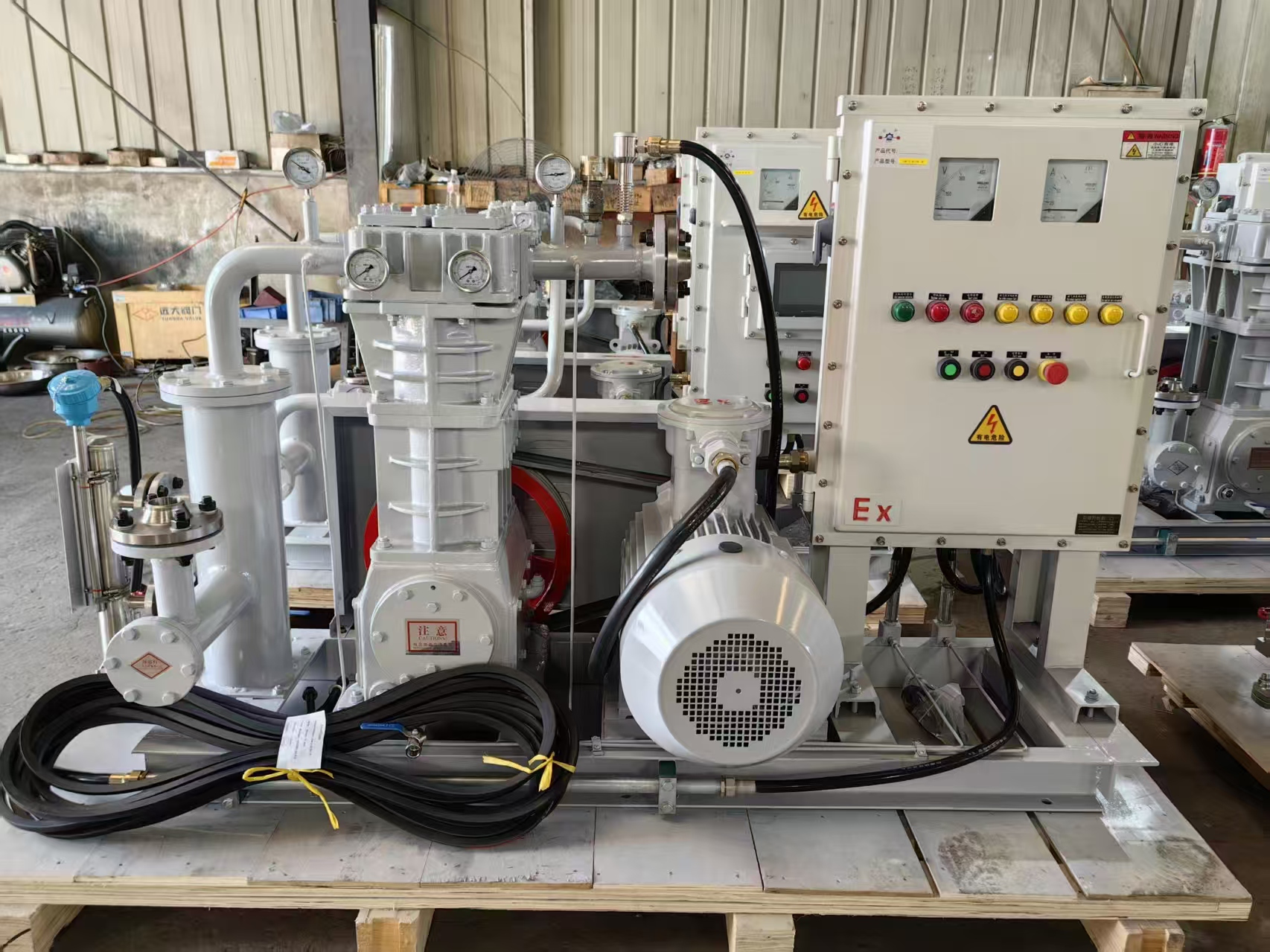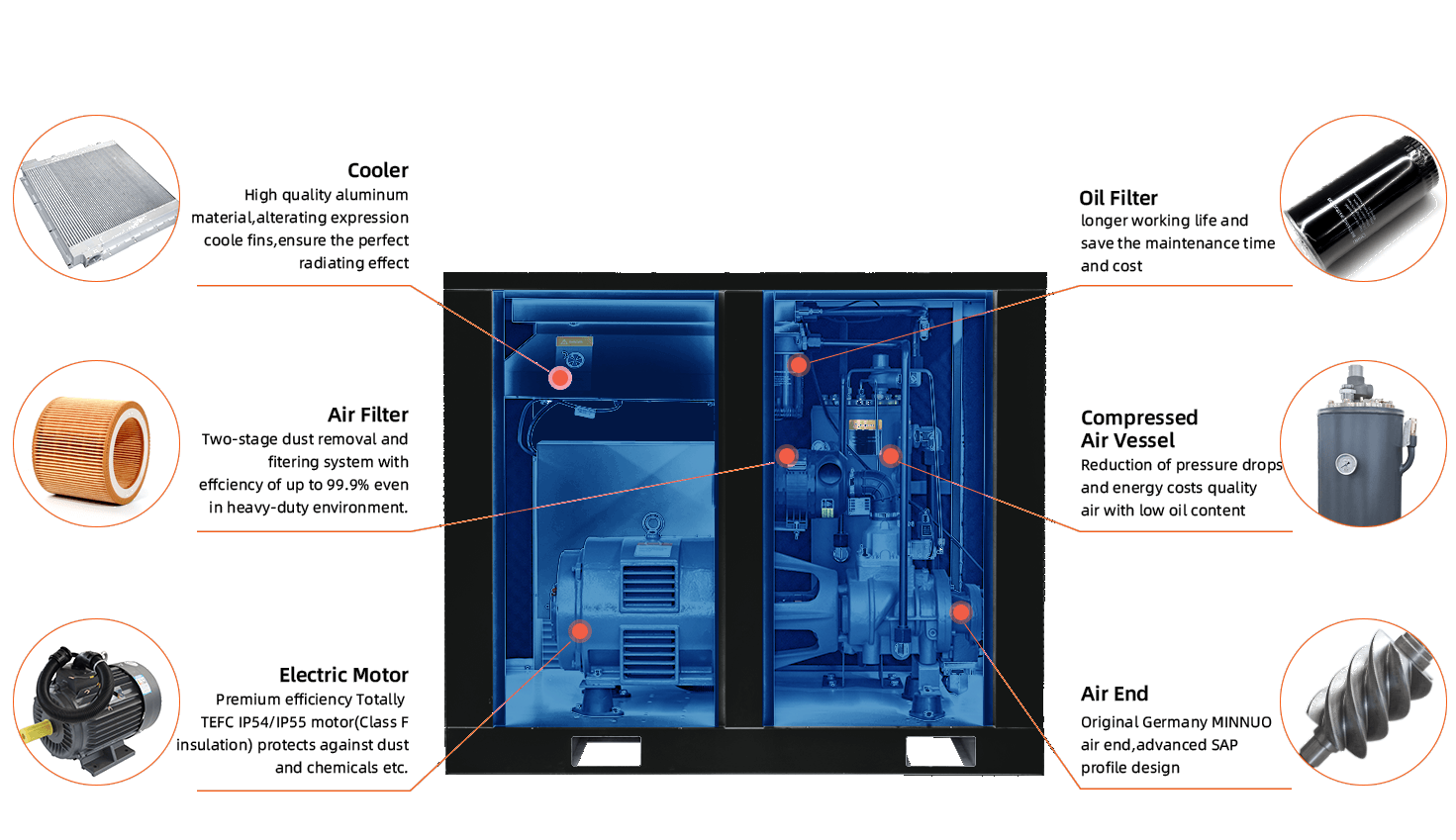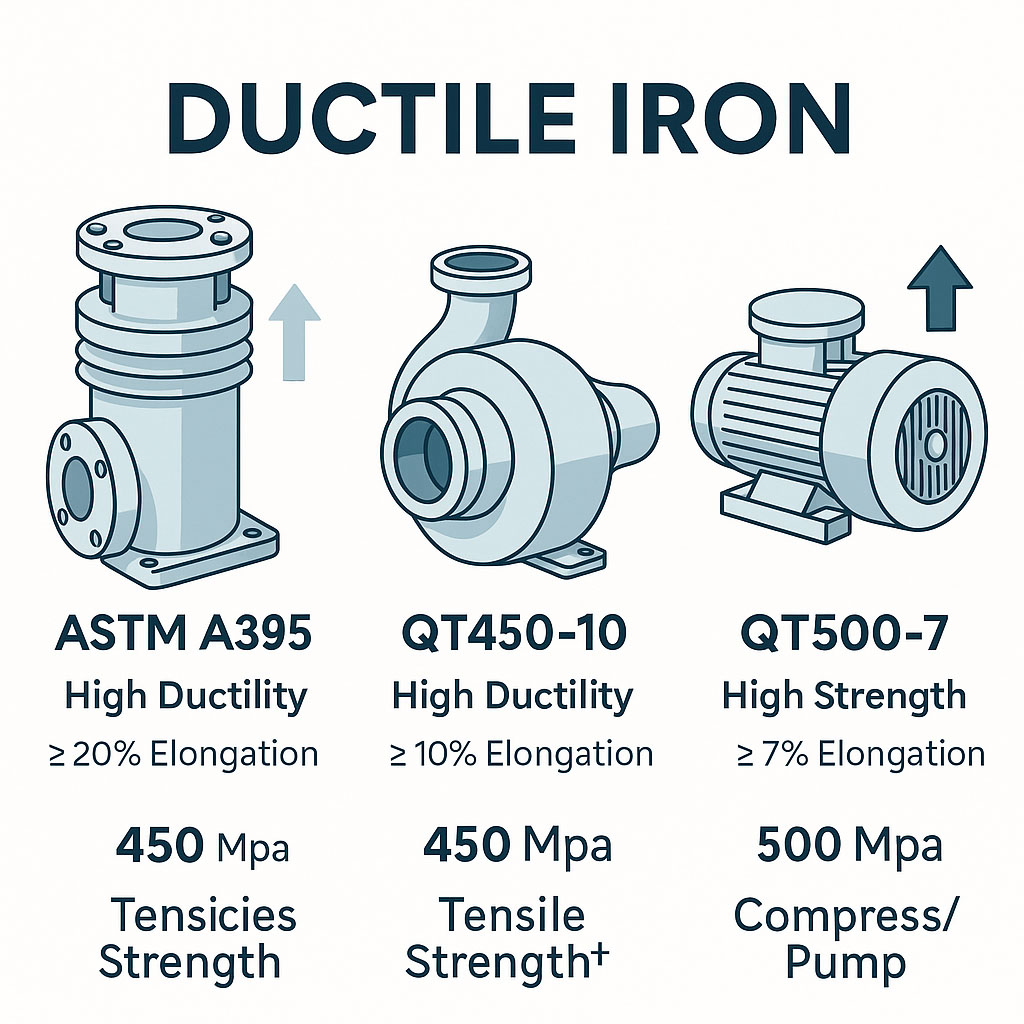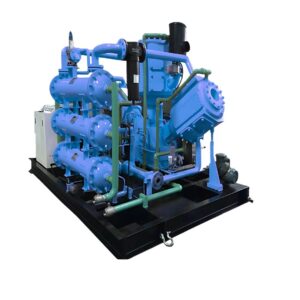Carbon capture compression requires API 618-compliant reciprocating compressors engineered to handle aggressive CO₂ streams at high pressures. Proper design minimizes pulsation, ensures reliability, and meets stringent operational expectations. Here are five key design tips to maximize performance and uptime in carbon capture systems.
1. Engineered for High Pressure & Accurate Loading
Carbon capture compressors often require discharge pressures up to 2,200 psig (≈150 bar) or more . API 618 units must deliver reliable compression under these extreme loads. Design pistons, rods, wearbands, and crankshafts with materials (e.g., forged steel, tungsten carbide coating) and tolerances tailored for CO₂ chemistry and cyclic stress .
2. Robust Pulsation and Vibration Control
CO₂’s fluid properties can induce strong pulsations in discharge piping. API 618 standard requires acoustic-mechanical design analysis per Design Approach 2 or 3—using tools such as TAPS to simulate pulsation forces and ensure mechanical frequency separation Ensure piping supports, pulsation bottles, and anchors are engineered to prevent resonance fatigue and system damage.
3. Minimize Leakage & Environmental Emissions
CO₂ systems must minimize emissions due to regulatory and climate concerns. Compressors should incorporate purged packing cases, purge gas capability, and vent collection systems to eliminate leakage from seals without venting CO₂ directly to atmosphere . API 618 packaging supports these configurations for leak control and safety compliance.
4. Design for Long Maintenance Intervals & Mechanical Integrity
API 618-compliant process compressors are designed for long stroke life—targeting up to three years between major overhauls through conservative piston speeds and robust mechanical design . Add distance pieces to accommodate thermal growth and maintain seal integrity under cyclic load
5. Follow ASME and API Standards for Overall System Design
Per API 618 and ASME B31.3/B31.8 piping codes, compressor installations must integrate proper mechanical restraint, pipe stress analysis, and acoustic validation for reliable operation . Always validate revamps or retrofits against current API 618/688 acoustic standards to avoid vibration failure modes
✅ Why These Tips Matter
| Tip | Benefit |
|---|---|
| High-pressure engineered parts | Reliable CO₂ injection at target pressures |
| Pulsation control | Prevent fatigue failures, reduce downtime |
| Leak mitigation | Regulatory compliance and environment safety |
| Long maintenance design | Lower lifecycle costs, fewer shutdowns |
| Standard-compliant engineering | Field reliability and code assurance |
KEEP‑WIN’s Carbon Capture Compressor Solutions
As a trusted expert in process gas compressor engineering, KEEP‑WIN delivers fully API 618-compliant CO₂ compressor packages for carbon capture. Our systems include high-precision pistons and rods, customized pulsation dampers, purge systems, and engineered piping integration.
Explore our product offerings:
-
API 618 Piston Compressor Skids – Built for high-pressure CO₂ and long-term reliability
-
Process Gas Compressor Solutions – Engineered for carbon capture, hydrogen, and demanding process gas services
API 618 compressors in carbon capture systems must be exceeded-quality machines—designed for pressure, pulsation control, leak mitigation, and long service life. Following these five design tips ensures you deploy CO₂ compressors that deliver clean, safe operation with minimal risk. Partner with KEEP‑WIN for turnkey high-pressure piston unit solutions optimized for your carbon capture needs.
👉 Ready to engineer a custom compressor package? Contact KEEP‑WIN for expert guidance and system specifications.











